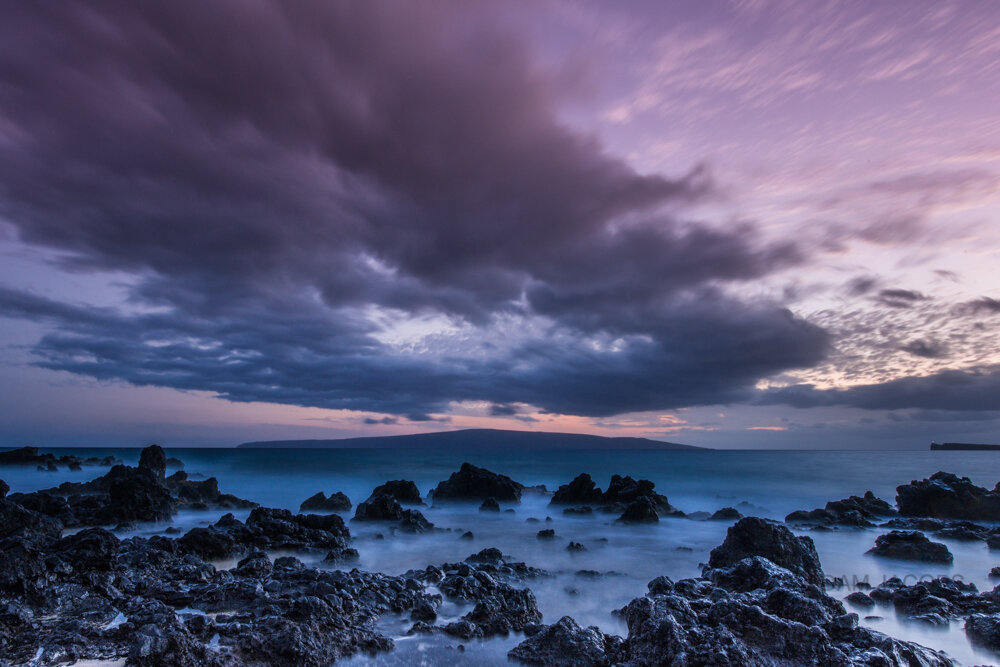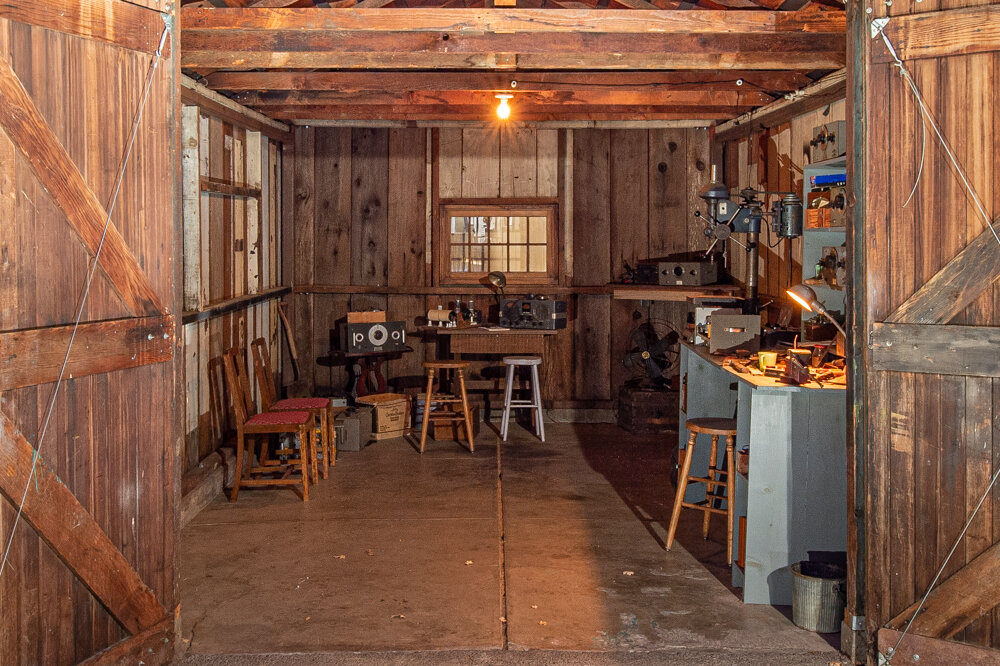In today's digital age, photography is more accessible than ever. With smartphones equipped with high-quality cameras and an abundance of online tutorials, anyone can start taking pictures with just a few taps. However, the true mastery of photography lies in learning from an experienced professional. Here’s why:
1. Expertise and Knowledge in Photography
An experienced professional brings a wealth of knowledge that goes beyond the basics. They understand camera settings, lighting techniques, composition, and post-processing. This deep understanding allows them to teach the "how" and "why" behind each technique, providing a solid foundation for students to build upon.
2. Personalized Photography Feedback
One of the most significant advantages of learning from a professional is receiving personalized feedback. Online tutorials and books can offer guidance, but they cannot provide tailored advice based on your unique style and progress. A professional can critique your work, point out areas for improvement, and help you develop your artistic voice.
3. Hands-On Photography Experience
Photography is a hands-on art form. While theoretical knowledge is essential, nothing beats practical experience. Professional photographers offer workshops and classes that allow students to practice in real-world settings. This hands-on approach helps solidify concepts and techniques, making the learning process more engaging.
4. Networking Opportunities in Photography
Learning from a seasoned photographer opens doors to a network of industry contacts. Professionals often have connections with other photographers, studios, and clients. By being part of this network, students can gain access to opportunities such as internships, collaborations, and job offers.
5. Inspiration and Motivation in Photography
Professional photographers are not only teachers but also sources of inspiration. Their body of work can motivate students to push their boundaries and explore new creative possibilities. Additionally, seeing a professional’s journey, including their struggles and successes, can provide valuable insights and encouragement.
6. Keep Updated with Photography Trends and Technology
The photography industry is continually evolving with new trends and technological advancements. Experienced professionals stay updated with these changes and can pass this knowledge on to their students. Whether it's mastering the latest editing software in Lightroom or Photoshop or understanding new photography trends, learning from a professional ensures you stay current in the field.
7. Understanding the Business Side of Photography
For those interested in pursuing photography as a career, understanding the business aspect is crucial. Experienced photographers can offer guidance on building a portfolio, marketing your work, setting prices, and handling client relationships. This practical advice is invaluable for anyone looking to turn their passion into a profession.
8. Developing a Critical Eye in Photography
A professional photographer helps students develop a critical eye, teaching them to analyze and evaluate images effectively. This skill is vital for both taking and editing photos, as it allows photographers to make informed decisions that enhance their work's overall quality and impact.
9. Cultivating a Lifelong Passion for Photography
Learning from a professional can ignite a lifelong passion for photography. The mentorship and support provided by an experienced photographer can make the learning process enjoyable and rewarding, fostering a deep appreciation for the art form.





























